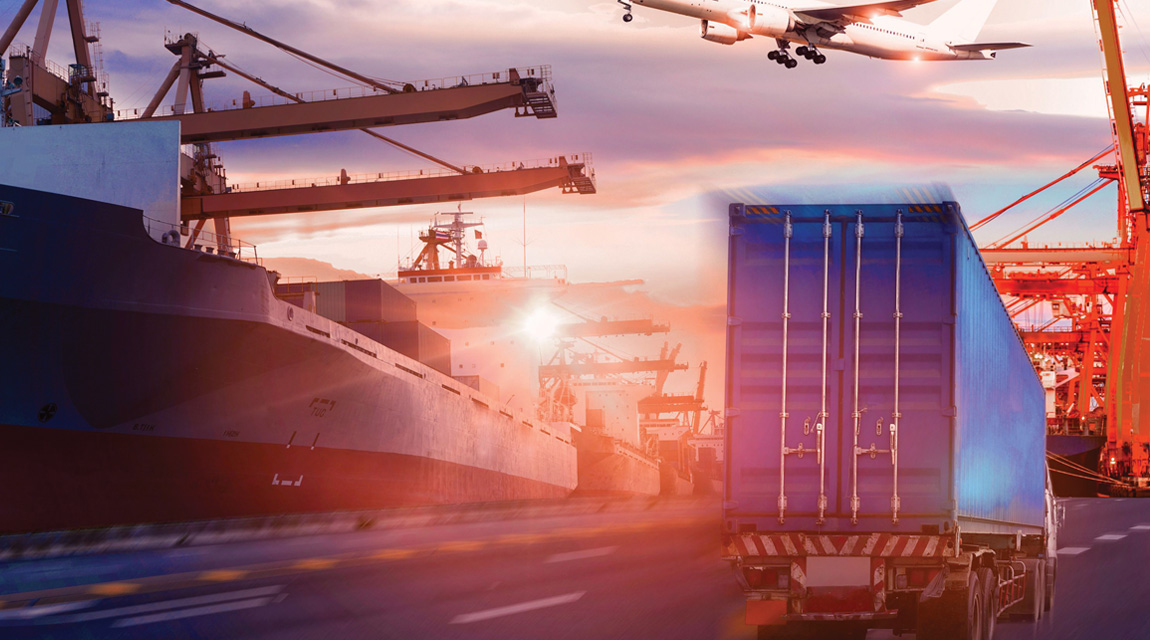Technology that puts customer convenience first

Technology remains the biggest disruptor in the transport industry. FOCUS looks at current and new technology that threatens to change how the transport industry operates, but makes customer convenience a priority.
Whether it is new technology being introduced or improvements on old technology, the transport industry is ripe for disruptions from the technology sector. One of the biggest disruptors involves the networking of devices, which enables them to connect and exchange data. This leads to the streamlining of communication and an increase in data gathering.
Reshaad Sha, CEO of SqwidNet, notes that this connectivity will play an even bigger role as the technology simplifies and becomes more affordable. SqwidNet is a licenced SigFox operator, a world-leading internet connectivity service.
SqwidNet currently connects 82 percent of South Africa, including all main highways (such as the M, N and R routes). Plans to connect 85 percent of South Africa will be completed within the next two to three months.
“Previously, there were specialist companies that supplied this technology to fleet and transport operators. These solutions were often quite complex. This technology has now become easy to use, which makes it possible for transport companies to implement the technology themselves. This has also reduced the cost of the technology, which is probably the biggest disruption,” Sha says.
With the reduced costs, transport operators can also implement multiple tracking devices on the vehicles, which offers richer data. They benefit from better data capturing and visibility that makes legally required reporting simpler and offers clients peace of mind. It allows them to improve the quality of services and products, especially for high-value goods, or those with higher environmental risks.
Sha explains: “Connectivity reduces risks by showing the location of the vehicle while tracking speeds and detecting air leaks.” By detecting air leaks, or a change in speed, transport operators can proactively respond to the situation and contact the necessary authorities. This technology is definitely here to stay. According to Sha, use of this technology will increase with the introduction of artificial intelligence (AI) technology.

“We have seen an unprecedented demand in internet connectivity in every industry globally. We are expecting an exponential growth both in network reach and objects connected to the network. Millions of objects are connected in South Africa alone. As AI becomes more mainstream and viable, we will see a close link with connectivity, adding more value,” Sha notes.
He gives an example of how the technologies can work together to improve monitoring on vehicles. He says: “There might be multiple technologies monitoring various chemical transporters, traffic and the environment, for example. Bringing all the information from these various devices together will require AI technology to work through the data and react.
“This could, for example, lead to the device automatically contacting the necessary authorities, redirecting traffic, or even evacuating an area when a chemical spill occurs.” SqwidNet aims to introduce more AI in its devices as well as expanding to neighbouring countries.
Online bidding platforms are another technology challenging traditional transport markets. Linebooker, for example, offers an online bidding platform for transport operators. Similarly, GetTruck offers an online bidding platform for moving companies. Customers submit a request online and transport companies bid in the form of quotes. The customer then selects a transporter of their choice.
This technology forces transport operators, especially smaller companies, to keep costs low in order to remain competitive, which could cut into already small profit margins.
The transport of fast-moving consumer goods (FMCG) is also being disrupted. DSV Global Transport and Logistics introduced its DSV Intelligent ByBox lockers in 2014. Earlier this year, the company reached the 20 000-parcel mark.
The DSV locker allows consumers to have parcels delivered to the nearest Engen garage by selecting a service station online. When the parcel is delivered to the locker, the correct locker opens automatically and an SMS is sent to the customer with the delivery location and PIN number. Customers can also send parcels from these lockers.
“The growth of e-commerce was the initial key driver, and the opportunity to create a delivery mechanism which puts the customer in the driving seat of a transaction was another strong motivation,” says Barbara Matthee, director of sales operations in Africa for DSV Global Transport and Logistics.
She adds: “The locker has quickly become the popular choice for tens of thousands of people who want to send and receive parcels, and collect their online purchases at a place and time convenient to them. It puts the convenience of the customer at the centre of the transaction.”
It challenges the current delivery system of FMCG delivery companies, such as Takealot, as customers don’t have to give their home or work address as the delivery point, nor do they have to be at the address to wait for the parcel. There are currently 106 DSV lockers in the Gauteng, Western Cape and KwaZulu-Natal regions.
About 80 percent of the lockers are located at Engen service stations while 20 percent serve Makro and are located at various high-traffic community locations. According to Matthee, the DSV lockers will be relaunched with a new product name, DSV Locker, in 2018. The company aims to have 200 lockers by the end of the year with the service being introduced in six provinces.
These technologies threaten to disrupt the transport industry, but also offer many new opportunities for the industry to improve. These include improved visibility and communications while placing customer convenience as a top priority.
Whether it is investing in technology providing internet connectivity, considering online bidding, or just adapting to provide the customer more convenience, companies are well advised to either adopt the new technology, or adapt in order to remain competitive. With the right application, companies can provide better products and services, as well as achieve improved return business.
Published by
Focus on Transport
focusmagsa




